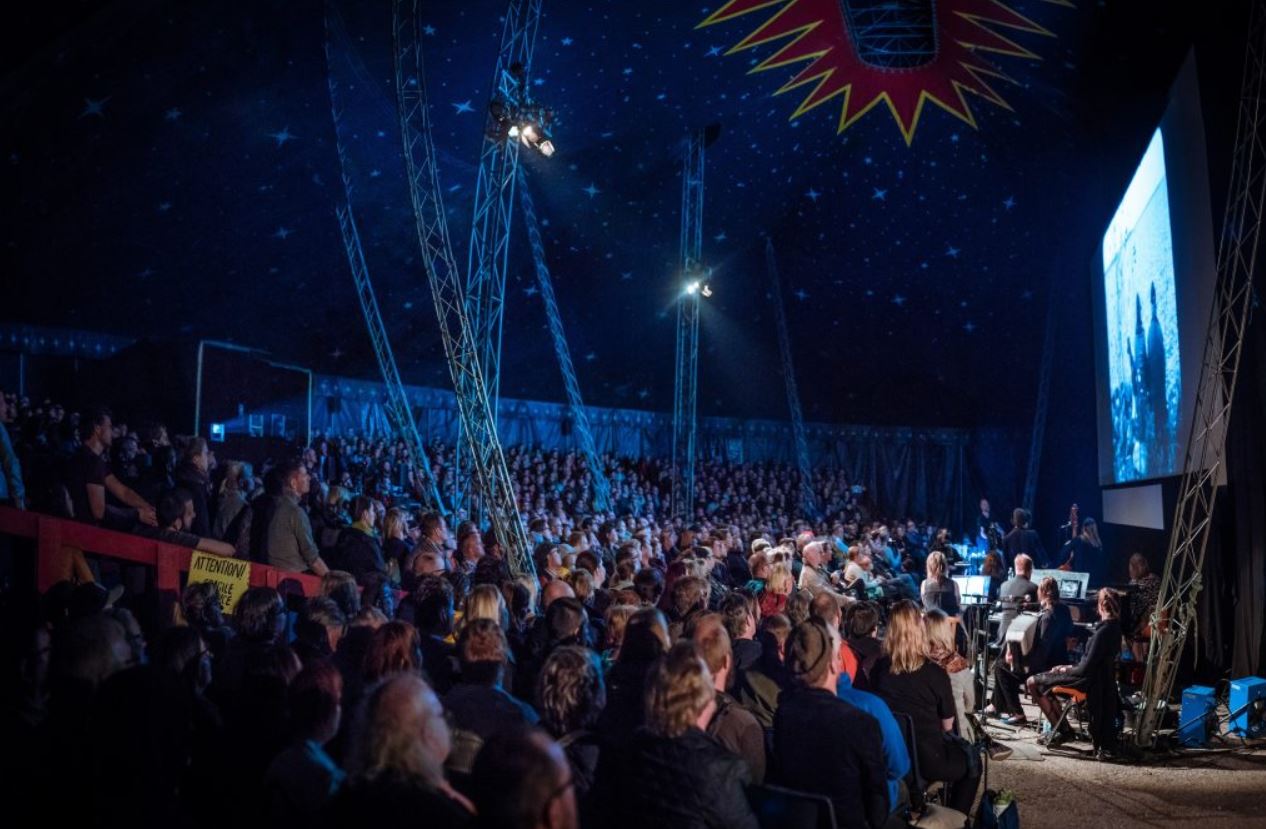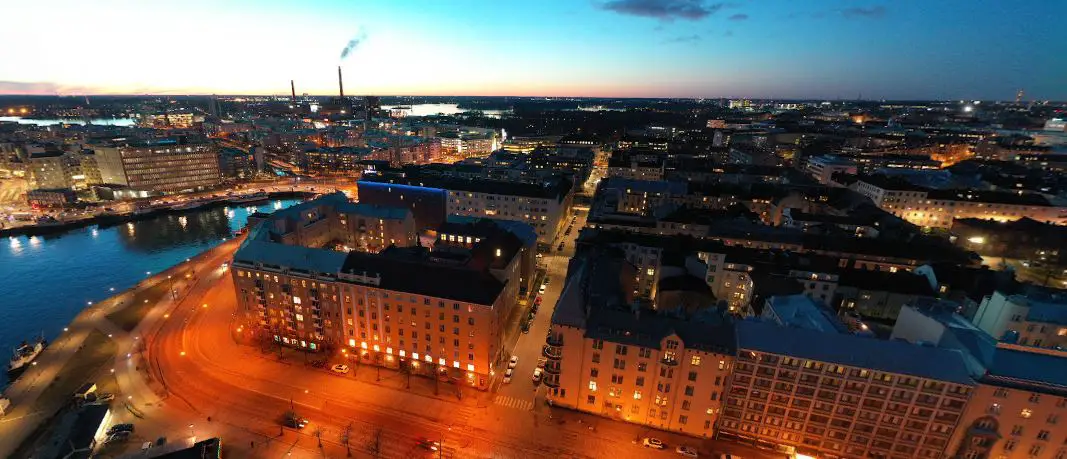What is the history of the Sámi people in Finland?
Post ByAdequate Travel
Summary
The Sámi people are the indigenous people of Finland, having had a presence in the northern regions of the country for millennia. In this blog post, we'll explore the history of the Sámi people in Finland, from their traditional culture and way of life to their efforts to secure rights and recognition in modern times. The place is known for its rich history and culture, welcomes tourists with open arms. However, be sure to review the travel advisory and travel warnings to ensure a safe and enjoyable experience.History of the Sámi people in Finland:
1. Indigenous Origins:
The Sámi people are the indigenous inhabitants of Sápmi, a region that spans across the northern parts of Norway, Sweden, Finland, and Russia's Kola Peninsula. Their history in Finland dates back thousands of years.
2. Cultural and Economic Traditions:
The Sámi have traditionally been semi-nomadic, herding reindeer and engaging in fishing, hunting, and gathering as their main livelihoods. They have developed a distinct culture, including traditional clothing, handicrafts, music, and cultural practices.
3. Colonization and Finnish Dominance:
During the 16th and 17th centuries, Finland came under Swedish rule, which marked the beginning of increased colonization and Finnish influence in Sámi territories. The Finnish settlers encroached on Sámi lands and disrupted their traditional way of life.
4. Forced Assimilation and Discrimination:
In the late 19th and early 20th centuries, Finland, under Russian rule, implemented assimilation policies towards the Sámi. These policies aimed to erode the Sámi language, culture, and identity by forcing Finnish language and culture upon them.
5. Finnish Nationalism and Sámi Rights Movement:
In the 20th century, Finnish nationalism grew, further marginalizing the Sámi population. However, in the 1970s, the Sámi began to organize and advocate for their rights, demanding recognition of their indigenous status and cultural autonomy.
6. Recognition and Indigenous Rights:
In 1995, the Finnish Parliament recognized the Sámi as an indigenous people, and indigenous rights legislation was enacted to protect their rights to land and resources, language, culture, and participation in decision-making processes.
7. Ongoing Challenges:
Despite legal recognition, the Sámi people still face challenges related to land rights, reindeer herding, language preservation, and cultural revitalization. Efforts are being made to address these issues and promote Sámi rights and self-determination.
Keep in mind that travel guidelines and travel rules may change anytime, so regularly check for updates to ensure a hassle-free and memorable travel experience.Suggested Questions
- Vöyri Church, Vöyri: Horror Story, History & Paranomial Activities
- Haapamäki Railway Station, Keuruu: Horror Story, History & Paranomial Activities
- Hankasalmi Church, Hankasalmi: Horror Story, History & Paranomial Activities
- Suomussalmi Church, Suomussalmi: Horror Story, History & Paranomial Activities
- Raippaluoto Manor, Mustasaari: Horror Story, History & Paranomial Activities
- Toivakka Old Rectory, Toivakka: Horror Story, History & Paranomial Activities










